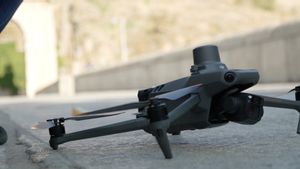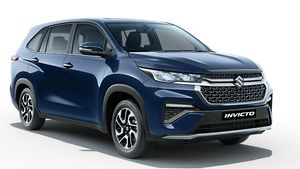JAKARTA - After Qualcomm released the Snapdragon 8 Gen 3, several cell phones competed to use this chip, one of which was the newest cellphone Xiaomi 14 and Xiaomi 14 Pro.
Tags les plus populaires
#Prabowo Subianto #Nouvel An #accident d’avion #Hasto Kristiyanto #nataru #squid game 2Populaire
03 Januari 2025, 00:05













